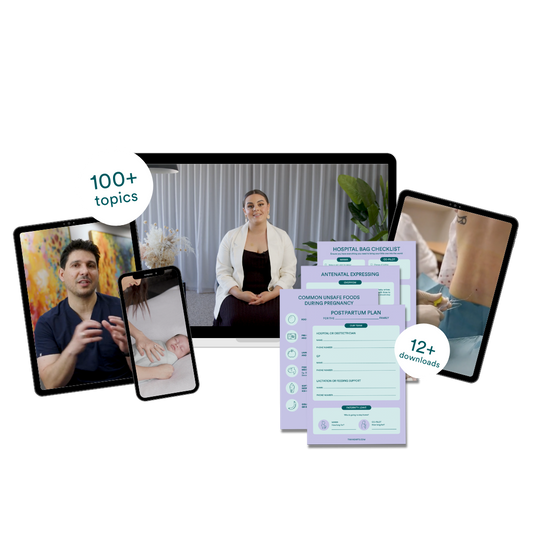When bub is breathing normally, it should appear effortless. When in respiratory distress, their little bodies will do certain things to compensate for low oxygen.
As parents, you must understand what to look and listen for. These signs can tell us how hard our bub is working to move air in and out.
I suggest you take a 30-second video of your baby when breathing normally, this way you can compare and quickly identify what is and isn't normal if worried.
If you are worried about babies breathing, assess the following:
👉🏼 Skin colour: is their skin the colour it usually is? Or is it paler or have bluish-purple hue?
👉🏼 Conscious state: are they lethargic, confused, dazed or do they stare right through you like the lights are on, but no one is home?
👉🏼 Breathing: are they breathing faster, slower or irregularly?
👉🏼 Body position: have they positioned themselves with their head back, nose up in the air (sniffing position) or are they sitting bent over trying to get as much air in as possible?
👉🏼 Sounds: is their breathing noisy? Can you hear any unusual sounds like wheezing, crackles, stridor; a high-pitched inspiratory noise?
👉🏼 Physical signs: are their nostrils flaring out with each breath? Is there head bobbing up and down as they breathe? Are they sucking in around collarbone, at base of the throat, under ribs? Can you tell they are using extra muscles and effort to help get air in and out?
All of these are signs of reparatory distress in children. These signs might be mild, moderate or severe. No matter what the classification, you should always see a doctor. The more signs that your child has and the bigger effort to breath, the greater respiratory distress they are in. If in doubt, call an ambulance.
To help you classify how severe your child's respiratory distress is, I've created a FREE flowchart download. Feel free to share with someone you love, print and stick on your fridge or save to your phone, just make sure this resource is easily accessed.

Click here to download now!
Love Nikki x
P.S Leave me a comment below: what do you guys want to see a blog post on next? I can create more helpful downloads for you all to keep in the home - just let me know ❤️








